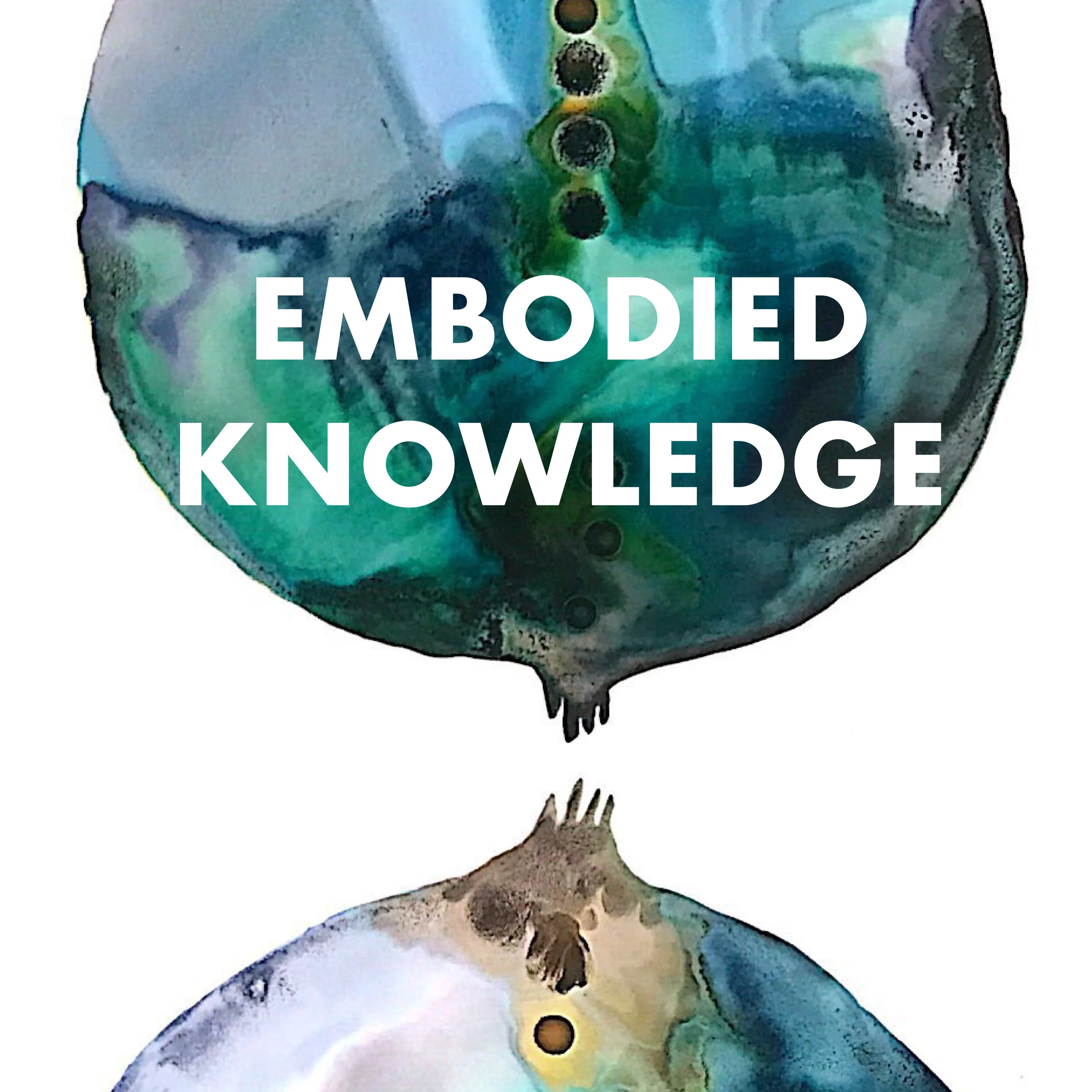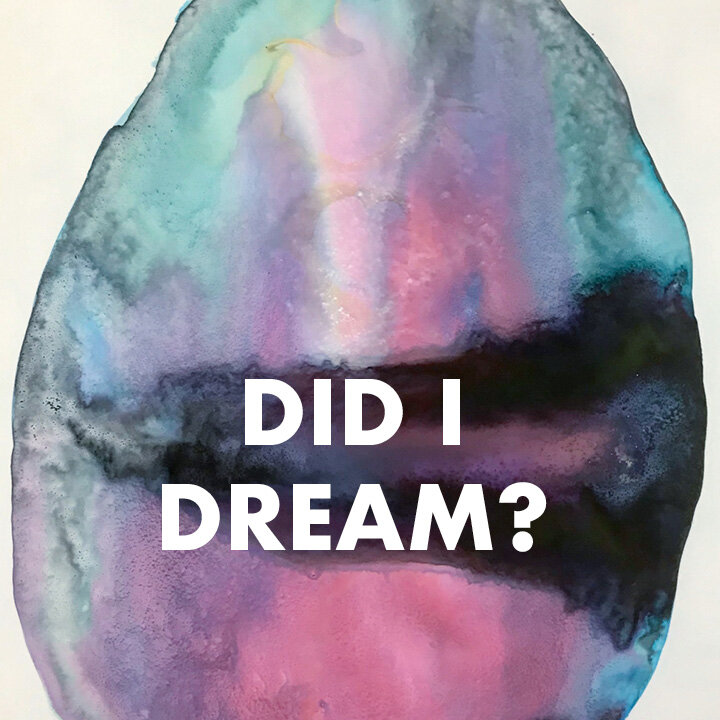Episodes
In 1994, Phyllis Mate led a small, dedicated group of women to found the National Vulvodynia Association, the NVA. Their mission was to be the central destination for the most up to date resources and research on vulvodynia. The problem? There wasn’t any medical information on the condition. On today’s episode we learn how a small group of vulvodynia patients fought for research and solutions to a problem they were taught not to talk about.
After nearly a decade of ER visits and dismissal from doctors, Samantha Denae was finally diagnosed with endometriosis. But then, she needed to figure out how to treat it. Over and over again she was told to get a hysterectomy. Black patients like Samantha are much more likely to receive a hysterectomy than white patients. But, why is that? This is the second episode in our two-part series about how race and class influence endometriosis diagnosis and treatment. We learn about how centuries of sterilization abuse and medical racism ignited the fight for reproductive justice, which continues on today.
The myth that Black women don't develop endometriosis is almost a century old and yet it still persists to this day. Where did this idea come from? How did endometriosis come to be labeled the "career woman's disease"? And, why is it harder for Black patients, and working class patients, to get diagnosed? Today's episode is the first in a two-part series exploring how race and class influence endometriosis diagnosis and treatment. We learn about the story of the doctors who established this myth -- and one doctor who dedicated his life to debunking it.
In the late 1960s, it was difficult to access basic information about women's health. Jane, frustrated by her doctors' paternalistic attitude, decided to do more research about her own body so she could advocate for herself. With a group of activists in Boston, Jane and 11 others began taking matters into their own hands and went on to write the groundbreaking book “Our Bodies, Ourselves,” which redefined the women’s health movement. In today's episode, we explore how one group of women came together to build community, educate themselves, and change how we talk about and treat women's bodies.
What happens when a doctor's dismissal leads you to question your own sanity? This is what patient advocates call "medical gaslighting." Lara Parker knows all about the consequences of not being believed. She lives with pain all over her body. She's passed out from the pain multiple times. She's constantly nauseous, has horrible cramps, and has chronic vaginal and vulvar pain. But, after years of dismissal from doctors, Lara starts to wonder: Am I imagining it?
Sex hurts the first time, but then it gets better. Right? This is the message so many of us grew up with. We saw it in movies and heard it from friends. But what if sex isn’t supposed to hurt? How much pain is too much pain? When is pain “normal” and when does it require medical attention? These are questions that Maura, a teacher and dancer, has spent almost her whole life thinking about. In today's episode, we hear from Maura, and many others, about how and why they've spent years putting up with pain.
By the time Shelby was 22 years old, she'd seen not one, not two, not three, but twelve different doctors in search of a diagnosis. And this is not an uncommon experience for people with vaginismus, vulvodynia, and other vulvar pain conditions. In today’s episode, we’re taking a look inside the exam room to try to understand why so many people with vaginas that hurt have to seek out dozens of doctors before getting a diagnosis, let alone a treatment plan.
For as long as Noa can remember, penetrative sex -- actually any kind of penetration (tampons, pelvic exams, etc.) -- has been so painful it’s physically impossible. And, until very recently, she kept it secret from almost everyone she knew. Where and how do women like Noa learn to keep their pain secret?







